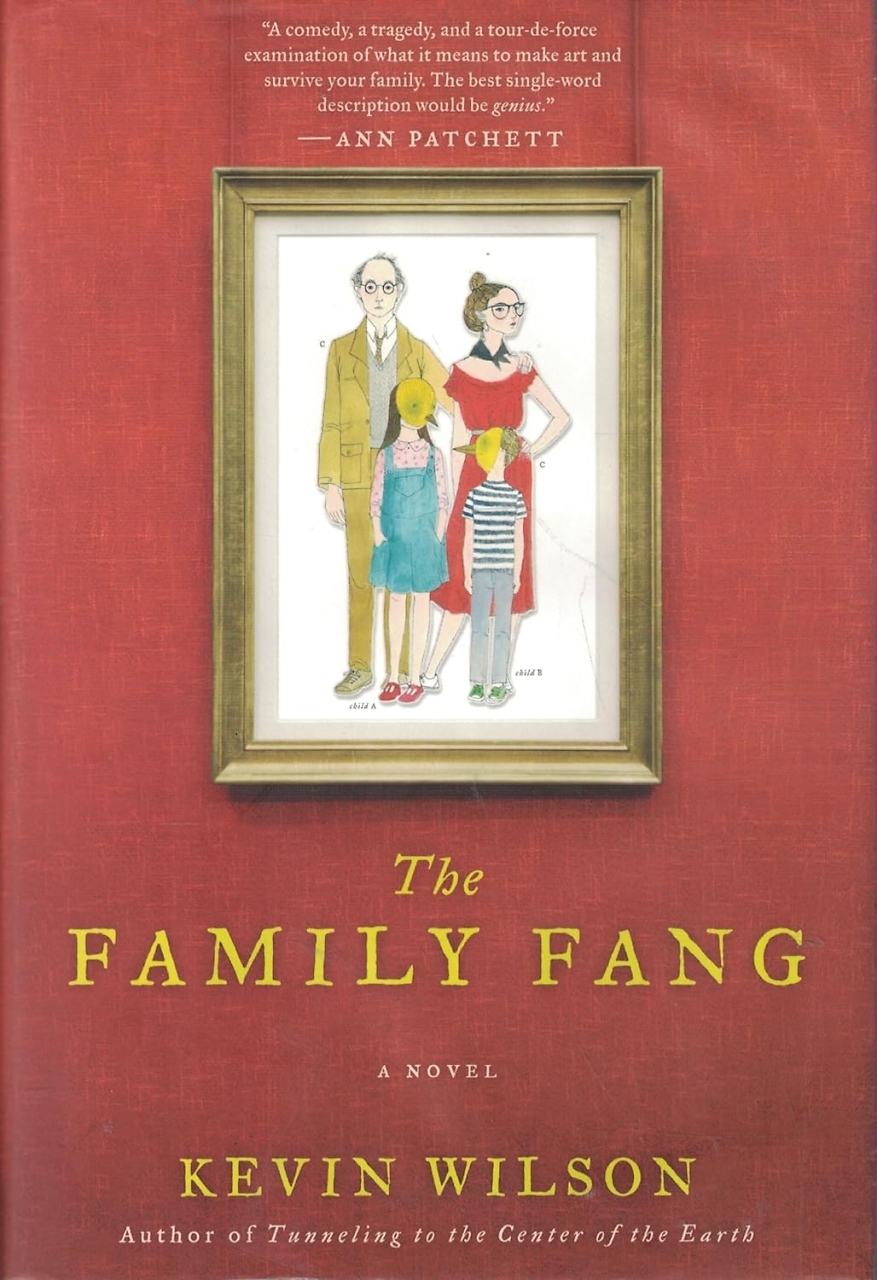The Season's the Reason … for Delicious Southern Cooking
Tammy Algood emphasizes seasonality and freshness in The Complete Southern Cookbook, an ambitious collection of the South’s best recipes
At a time when bookstore shelves are sagging with glossy, Food Network-style cookbooks, Tammy Algood’s The Complete Southern Cookbook is an anomaly. It contains no stylish pictures or fancy ingredients, no delectable yet impossible-to-pull-off meal plans. But what Algood’s book lacks in glitz it makes up for in practicality—which is, after all, what most home chefs really need. In crisp, no-nonsense recipes, Algood takes readers on a virtual tour of the Southern kitchen. From Brownie Mint Julep Soufflé to Eggplant Green Tomato Kebabs to nine different recipes for fried chicken, The Complete Southern Cookbook has something for every home chef, regardless of region or skill level.
Food-publishing experts believe that fancy cookbooks sell because they portray a gourmet fantasyland of high-end appliances and mess-free preparation. Why, then, is Algood’s unadorned tome flying off the shelves? One answer lies in The Complete Southern Cookbook’s user-friendly design. Where most modern recipe books are organized by timing—breakfast, lunch, dinner; appetizer, entrée, dessert—Algood’s is arranged alphabetically.
“I wanted to organize it the way real people cook,” Algood says. “And in my experience, people cook out of abundance. Sometimes that abundance makes time your enemy because you’re constantly flipping back and forth looking for something to do with all that excess okra or whatever.” By organizing alphabetically, Algood emphasizes the seasonality of her main ingredients. Everything you need to know about what’s fresh at the moment is right at your fingertips.
“I get tickled when people think that seasonal cooking and local food are nouveau,” Algood says. “Southerners have been doing that their whole lives out of necessity. It’s plain, simple, home economics. Most Southern families cooked out of what we saw in the market—either what our neighbors grew or what we grew. That was the most economical way to feed the masses.”
 A Starkville, Mississippi, native, Algood’s interest in cooking began at a young age. Her father was a dairy specialist, and both her mother and grandmother were accomplished in the kitchen. These influences converge in Algood’s day job as a food marketing agent with the University of Tennessee Extension. “In a nutshell, I help farmers sell what they grow; it’s as simple as that,” she says. “I knew that I loved working with farmers, and I knew that I loved to cook. So what I did was kind of mix everything I grew up with into creating for myself a quite lovely diversified job.
A Starkville, Mississippi, native, Algood’s interest in cooking began at a young age. Her father was a dairy specialist, and both her mother and grandmother were accomplished in the kitchen. These influences converge in Algood’s day job as a food marketing agent with the University of Tennessee Extension. “In a nutshell, I help farmers sell what they grow; it’s as simple as that,” she says. “I knew that I loved working with farmers, and I knew that I loved to cook. So what I did was kind of mix everything I grew up with into creating for myself a quite lovely diversified job.
“What I quickly realized in marketing these food products is that there’s a whole generation of people out there who’ve never grown anything. They see strawberries in the supermarket year-round, so ‘season’ to them is a little bit foreign.” Algood’s mission is to bring this message of seasonality to everyday cooks, who don’t necessarily have to go to the farm to find locally sourced ingredients. Whether you shop at a small independent food supermarket, a farmer’s market, or a megastore such as Walmart, she claims, it’s important to know where the food that you’re about to purchase comes from. “If you’ve got a choice between buying from the farmer that’s down the road versus the farmer that’s from another country, let’s go with the one down the road,” Algood says.
The desire to reach workaday cooks lies behind Algood’s decision to skip the culinary glamour shots that illustrate so many other cookbooks on the market. The average cook, she maintains, doesn’t have time for “squiggles and swirls on plates and cute garnishes and all that kind of stuff.” Beginning cooks, especially, are just trying to get through the recipe. “I didn’t want people to be intimidated by something that obviously was styled and looks very nice, because if your food doesn’t turn out like that, you think you did it wrong,” she says. “However it turns out, that‘s how it’s supposed to look.”
 That philosophy carries into The Complete Southern Cookbook’s featured ingredients. Rare and exotic items like kiwis, kohlrabi, and kalamata olives make way for the Three P’s: pork, pumpkin and pecans—items readily available to all Southern chefs. “I wanted to always keep in mind the normal cook who may not have the resources nor the time to go to the supermarket looking for a particular weird ingredient,” Algood explains. “One of the things I love about traditional Southern cooking is that it does tend to be fairly inexpensive. As long as you’ve got some pan drippings, flour, salt, pepper, milk and butter, you can just about, with a little enhancement, make most of the recipes in this book.”
That philosophy carries into The Complete Southern Cookbook’s featured ingredients. Rare and exotic items like kiwis, kohlrabi, and kalamata olives make way for the Three P’s: pork, pumpkin and pecans—items readily available to all Southern chefs. “I wanted to always keep in mind the normal cook who may not have the resources nor the time to go to the supermarket looking for a particular weird ingredient,” Algood explains. “One of the things I love about traditional Southern cooking is that it does tend to be fairly inexpensive. As long as you’ve got some pan drippings, flour, salt, pepper, milk and butter, you can just about, with a little enhancement, make most of the recipes in this book.”
That’s not to say, however, that Algood’s book is unsophisticated. Her recipe for Apricot-Braised Lamb Shanks, for example, features a supporting cast of dark stout beer, apricot nectar, garlic, and rosemary, and succeeds in being both down-home and elegant.
If the concept of country cooking raises the hackles of health-conscious cooks, Algood is quick to dispel the notion that Southerners only eat fried things. “If there’s one thing Southerners do well, it’s that they know how to cook vegetables,” she says. “We may have a gorgeous platter of fried chicken on the table, but it’s typically surrounded by dozens of vegetables—something fried may be a part of the meal, but it’s certainly not every part of the meal.”
When Algood was a child, her family didn’t waste provisions, and food preservation plays a big role in The Complete Southern Cookbook. “You can call it recycling, but we called it leftovers,” she says. In addition to recipes, Algood’s book contains kitchen notes and canning instructions. “I want people to go back to their freezers and go back to their water canners and start preserving again, because that’s the most economical thing you can do for feeding your family,” she says.
That concern for family—for the economics of the home—is at the heart of The Complete Southern Cookbook. In Algood’s perfect world, children and adults eat the same food at the same time, and everyone slows down and reconnects. “One of the things about family-style eating is that it keeps us talking,” she says. “It returns people to the way that Southerners used to sit and enjoy food. We put aside our anxieties about fat and cholesterol and whatever the latest anxiety about food is at the moment, and we enjoy each other’s company.”
On this point, Algood’s voice rises, and for a moment it almost seems as if a huge platter of chicken and dumplings might break through the clouds at any moment and save us all. “I’m preaching,” she says, and you can practically hear the weighty Complete Southern Cookbook slam shut like a Bible. “But do you know what? It’s rational preaching.”


